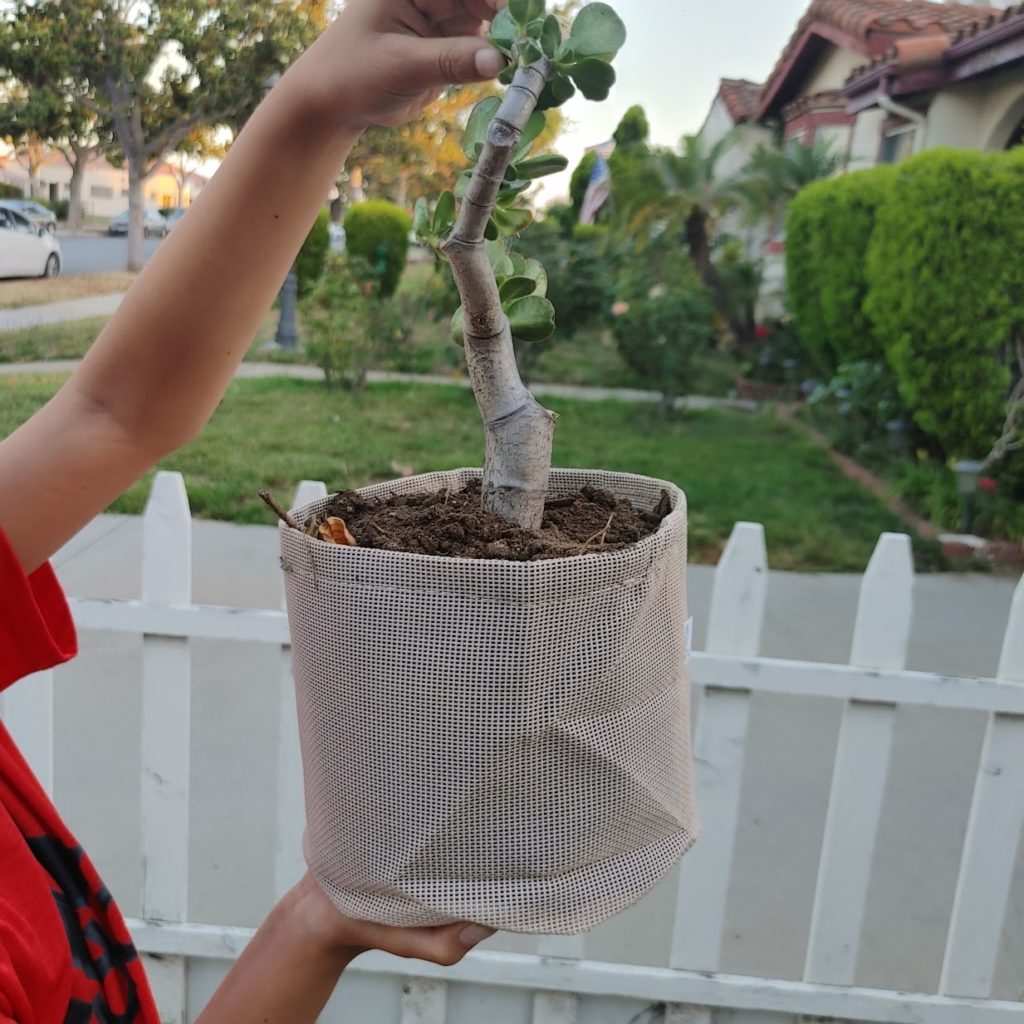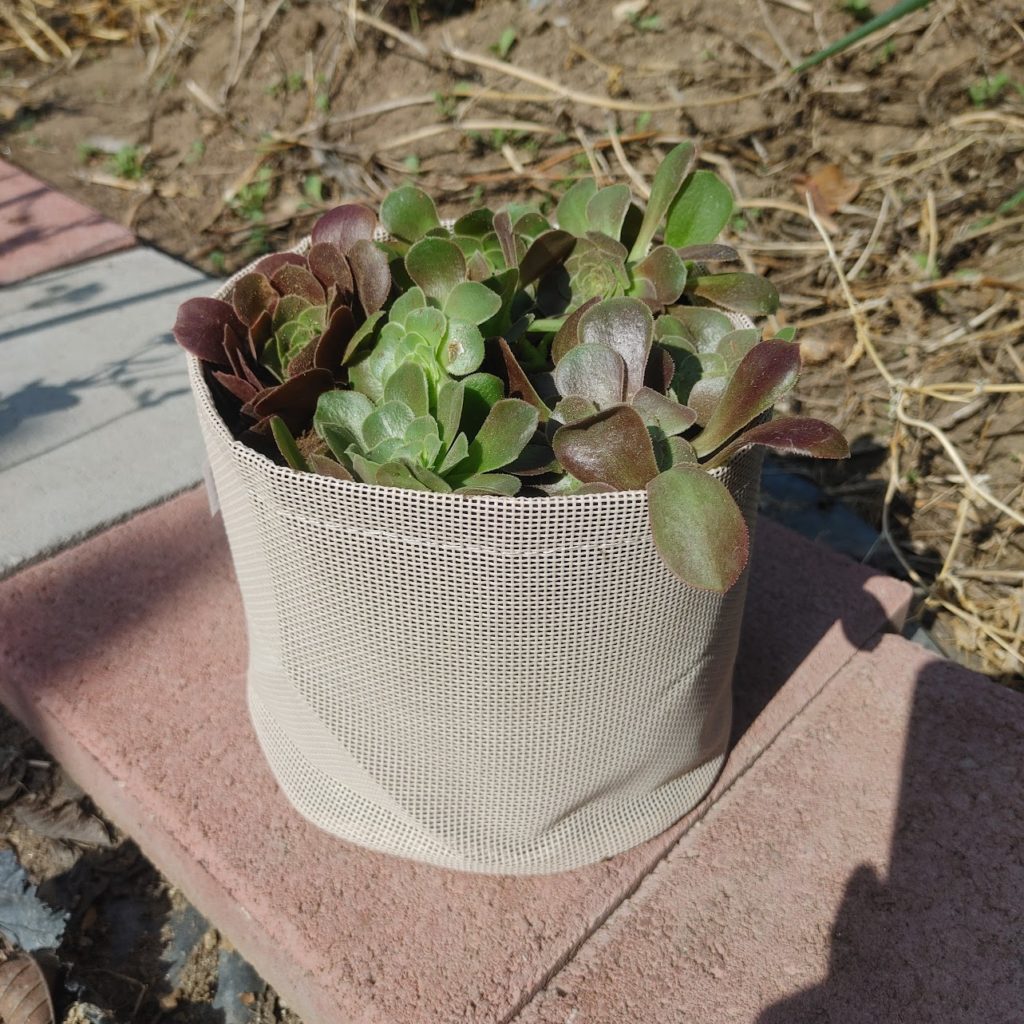Introduction:
Indoor air pollution is a growing concern, and more and more people are spending a significant amount of time in enclosed spaces, such as homes and offices. Succulents, with their unique ability to filter and purify the air, offer a natural and aesthetically pleasing solution to improve indoor air quality. In this blog, we will delve into the scientific evidence supporting how succulents aid in air purification, along with examples of specific succulent species renowned for their air-purifying qualities.
- Succulents' Air-Purifying Abilities:
Succulents possess the unique ability to absorb harmful indoor pollutants through their pores and root systems. They take in carbon dioxide (CO2) during the day and release oxygen (O2) as part of the photosynthesis process. Beyond this, certain succulents have demonstrated remarkable efficiency in removing toxins such as formaldehyde, benzene, and xylene, which can be found in common household products and materials.

- Scientific Sources and Studies:
a) NASA Clean Air Study (1989):
The landmark NASA Clean Air Study conducted by Dr. B.C. Wolverton and his team found that certain indoor plants, including various succulent species, can effectively remove airborne toxins. Some prominent succulents in the study were:
i) Aloe Vera (Aloe barbadensis miller): Aloe vera is known for its healing properties, and it also efficiently removes formaldehyde and benzene from the air.
ii) Snake Plant (Sansevieria trifasciata): Often referred to as Mother-in-Law's Tongue, this popular succulent is highly effective in filtering out formaldehyde, benzene, and xylene, making it an excellent choice for indoor air purification.
b) Phytoncides and Terpenes:
Aside from removing common indoor pollutants, succulents also release beneficial compounds such as phytoncides and terpenes. These volatile organic compounds (VOCs) have antimicrobial and antifungal properties, contributing to a cleaner and healthier indoor environment.
- Specific Succulent Species for Air Purification:
a) Peace Lily (Spathiphyllum spp.):
While not a succulent, the Peace Lily deserves mention for its remarkable air-purifying abilities. It effectively removes ammonia, benzene, formaldehyde, and trichloroethylene, making it a valuable addition to any indoor space.
b) Echeveria (Echeveria spp.):
Echeveria, a diverse genus of succulents, features rosette-shaped foliage in various colors. They contribute to air purification by filtering out pollutants like formaldehyde, providing both beauty and functionality.
c) Haworthia (Haworthia spp.):
Haworthia species are small and ideal for indoor spaces. They help cleanse the air by absorbing harmful substances, especially formaldehyde, from the surroundings.
d) Spider Plant (Chlorophytum comosum):

While not a succulent, the Spider Plant is a hardy and easy-to-care-for indoor plant that efficiently removes formaldehyde and xylene, making it a valuable addition to any home or office.
Conclusion:
Succulents are not only charming additions to indoor spaces but also powerful allies in improving indoor air quality. Supported by scientific evidence, specific succulent species like Aloe vera and Snake Plant have been proven to effectively remove airborne toxins, promoting healthier and fresher air indoors. By incorporating these air-purifying succulents into our living and working environments, we can enhance our overall well-being while enjoying the beauty of nature within the confines of our homes and offices.

